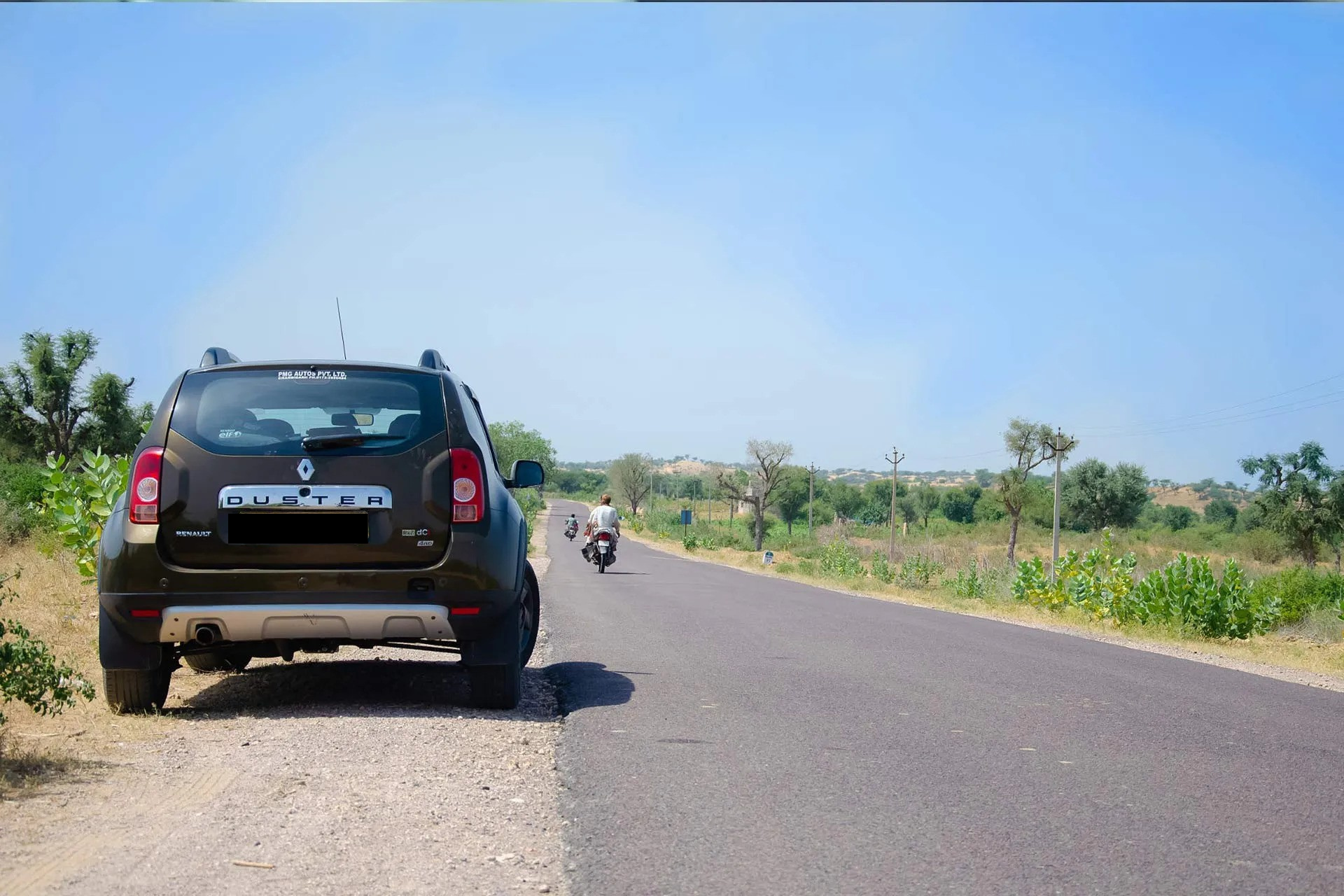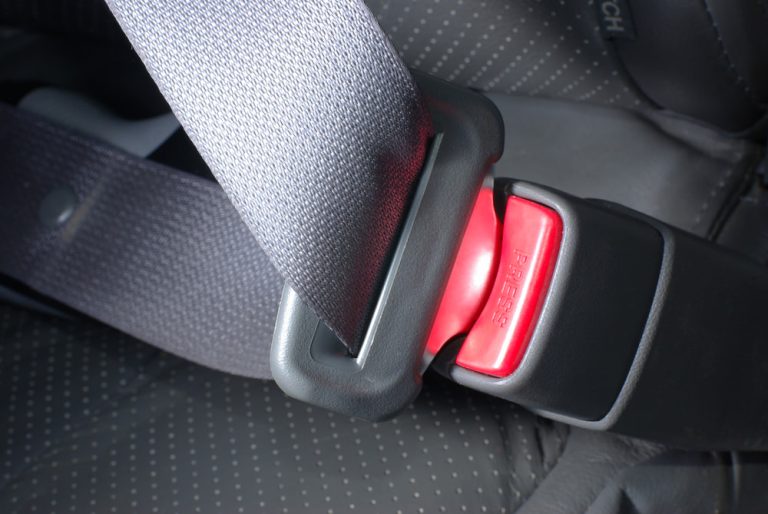Tips for Driving in Uganda – Best Self-Drive Advice
Tips for Driving in Uganda include; possessing a valid driving license, driving on the left side of the road, observing speed limits, planning your journey, driving defensively and knowing your vehicle among others.
How can I make driving easier? What is the best advice for driving? Is it easy to drive in Uganda? – these are some of the questions raised by most travelers coming to Uganda, especially first-timers. Yes, it is not usually a walk in the park to start driving in a new country.
Although all countries have nearly the same traffic laws, some laws in a country may differ from others. Besides, you will need to understand the driving culture in the country you want to visit before you start driving, and so it is with Uganda.
Driving in Uganda is a totally different experience for everyone; for some new arrivals, it is amazing, while for others, it is so frustrating. Therefore, it is imperative to avoid turning your experience into a nightmare by preparing beforehand for any successful 4×4 self drive Uganda road trip or safari.
Learning some relevant driving techniques and rules before starting any 4×4 self drive Uganda safari or road trip will help you avoid many risks and is essential for your safety on the road. Therefore, the following practical guide will help you experience a smooth and convenient 4×4 self drive Uganda road trip.
Tips for Safe Driving in Uganda
1. Possess a valid driving license
This is the first rule every driver must observe before embarking on any 4×4 self drive road trip in Uganda. A driver’s license is a document that allows you to drive, without it, you cannot travel and drive around Uganda. To avoid any unnecessary interruptions or inconveniences while on your trip, you will need to possess a valid driving license.
Travelers from outside Uganda will need a driving permit written in English or an international driver’s license which translates their local driver’s license to the country’s language. Possessing a valid driver’s permit will save you a lot of stress and hassle during your 4×4 self drive road trip in Uganda.
2. Drive on the left side of the road
You are supposed to drive on the left side of the road (keep left) according to the traffic laws of Uganda. This is a system where vehicles drive on the left side while the driver sits on the right-hand side of the vehicle, the opposite of driving on the right in countries like Canada, the United States, and most of Europe.
3. Observe speed limits
You must observe the speed limits set on different roads in Uganda. For example, you will drive at 80 km/hour on highways, 50 km/hour when driving through towns, and 30-40 km/hour inside the national parks. Make sure that you reduce your speed accordingly, depending on which car you are driving, since some highways pass through towns or busy centres.
4. Plan your journey
Plan your journey beforehand. Having a clear route plan before starting any trip will save you from undue stress. You can choose roads that are easier to navigate or have minimal traffic so that you are able to drive through carefully.
5. Drive defensively
There are notorious drivers you are going to find on the way. They’ll want to overtake on blind corners, while big trucks and buses usually feel like they’re on top of the food chain. So you ought to keep an eye on the rear-view mirror, and if necessary, just pull over to let them pass.
6. Know your vehicle
Know your vehicle well before embarking on any road trip especially if you are renting one or if you are a first-time driver in Uganda. Familiarize yourself with all the controls, such as signal lights; check whether all the lights are working well and check the state of the breaking system. Understanding your vehicle well will save you so much time and effort.
7. Park in a secured area
Make sure you park in a secured area of the park or hotel where you are going to spend the night. Some areas are spots for roaming wildlife while others may be lacking in terms of security. So parking in a secure area will help keep the car safe.
8. Avoid driving at night
Night driving could be a risky venture if you are not well-acquainted with the roads you are going to drive through. You stand the risk of hitting potholes, which are difficult to see in the dark, and some approaching traffic use blinding high beams.
9. Always carry some cash
Carrying enough cash with you will help you deal with emergencies, especially in areas where there are no ATMs or where there could be a service issue such as network interference. When you have cash with you, you will not have to panic looking for an ATM to withdraw cash. The cash you carry should be in local currency.
10. Carry water, and a charged mobile phone
Carrying water and a well-charged mobile phone will help you handle any situation. A fully charged mobile phone will keep you in touch with friends and relatives or with the help you might ever need. Water will keep you hydrated even in places where clean water isn’t easily accessible.
11. Beware of unmarked speed bumps
Unmarked speed bumps are in many parts of the country, especially at town entrances.
12. Beware of potholes.
Some roads upcountry are rattled with potholes, which can damage the car or cause a flat tyre due to hitting them excessively.


